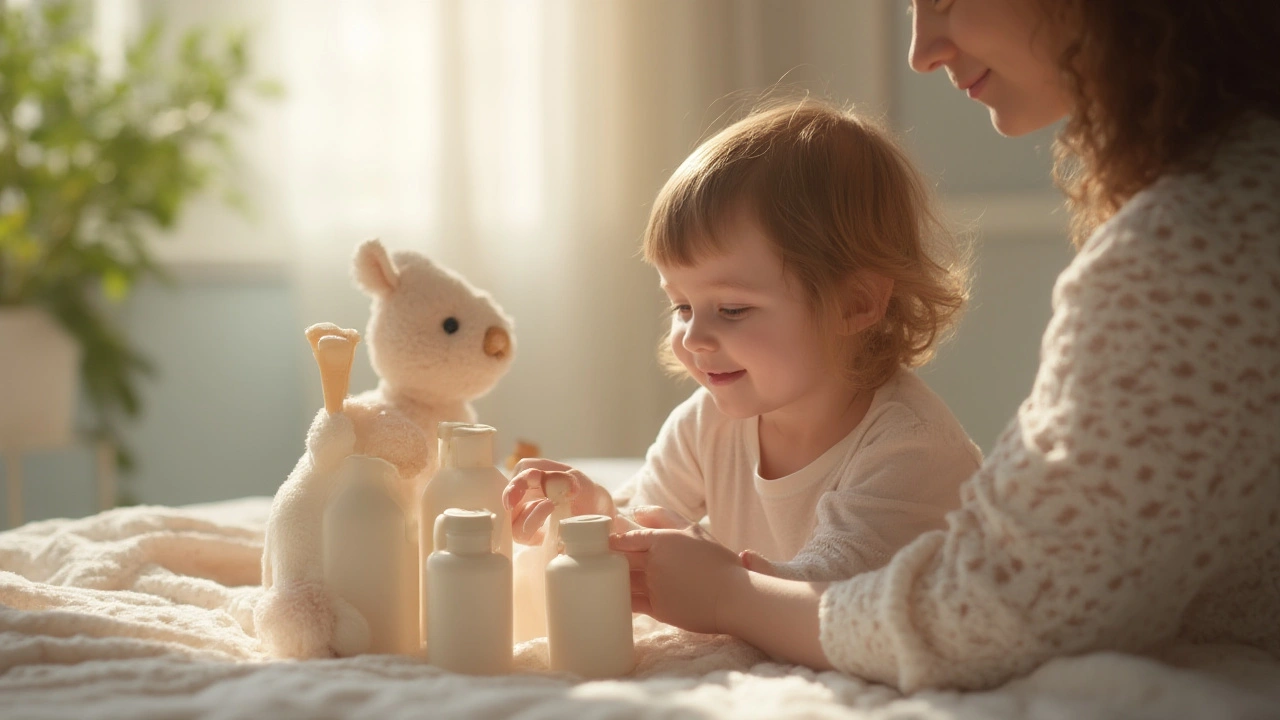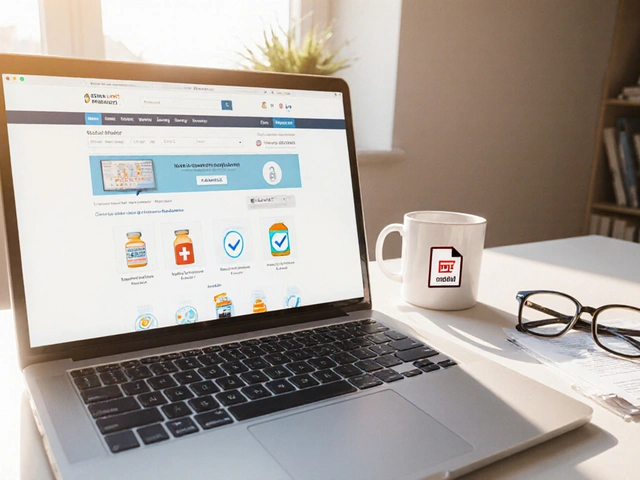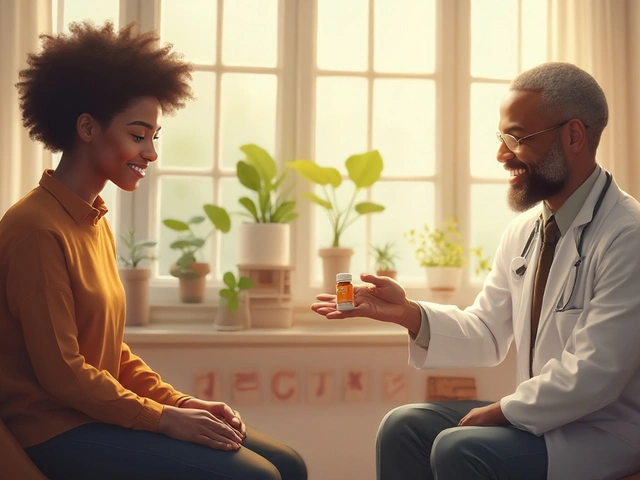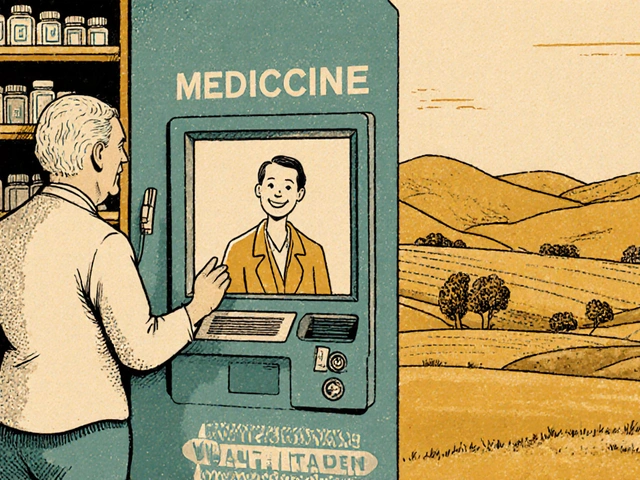Best Antifungal for Babies – Safe Choices You Can Trust
Babies can get fungal infections just like adults, but their skin and immune system are much more delicate. That means you need to pick an antifungal that is proven safe for tiny bodies and easy to use. In this guide we break down the most common baby fungal problems, what to look for in a medication, and the top over‑the‑counter options that pediatricians recommend.
Common Baby Fungal Infections
Diaper rash is the most frequent fungal complaint. When yeast (Candida) overgrows in a warm, moist diaper area, you’ll see bright red patches, satellite spots, and sometimes a sticky discharge. Oral thrush is another common issue, especially after a course of antibiotics. It appears as white patches on the tongue and inside the cheeks that don’t wipe away easily.
Both conditions thrive in damp places, so keeping the skin dry and clean is the first step. But when home care isn’t enough, a gentle antifungal can clear the infection fast and prevent it from spreading.
Top Over‑the‑Counter Antifungal Options
Clotrimazole 1% cream – This is a go‑to for diaper rash. It works by stopping the yeast from growing and is safe for infants over two weeks old. Apply a thin layer to the affected area after each diaper change and let it air dry.
Miconazole 2% ointment – Similar to clotrimazole, miconazole is effective against Candida and can be used on both skin and mouth (as a lozenge for oral thrush, but only under doctor guidance). It’s available in small tubes that are easy to squeeze out without waste.
Nystatin oral suspension – This is the only antifungal specifically approved for oral thrush in babies. The liquid is flavored to make it palatable and you give it with a dropper directly onto the tongue. A typical course lasts 7‑10 days.
When choosing a product, check the label for “pediatric” or “infant” wording. Avoid creams that contain steroids unless your doctor says it’s okay, because steroids can thin the skin.
How you apply matters, too. Wash your hands before and after each use, make sure the affected area is clean and dry, and use a fresh clean diaper after each application. For oral thrush, give the medication after feeding so the baby isn’t immediately sucking it away.
If the rash doesn’t improve after three days of treatment, spreads beyond the diaper area, or the baby has a fever, call your pediatrician. Persistent or severe infections may need a prescription-strength medication.
In short, the best antifungal for babies is one that clears the infection quickly, stays gentle on delicate skin, and comes in a format that’s easy to dose. Clotrimazole and miconazole creams cover most diaper rashes, while nystatin suspension is the top pick for oral thrush. Keep the area clean, follow the dosing instructions, and you’ll see improvement fast. Stay vigilant and don’t hesitate to get professional help if anything looks off.
Choosing the Right Antifungal Cream for Toddler Skin: Tips, Safety, and Facts
Wondering which antifungal is safest for your toddler? Find out which formulations work, how to avoid fragrances, and dosing tips to keep little skin healthy.





